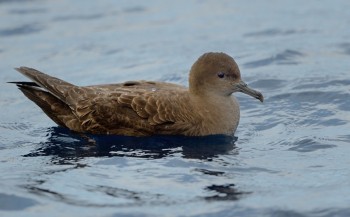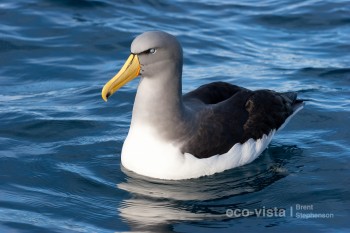Airam Rodríguez (Department of Evolutionary Ecology, Estación Biológica de Doñana, Seville, Spain) and colleagues have published in the Journal for Nature Conservation on the effects of different types of night-time lights on Short-tailed Shearwaters Ardenna tenuirostris.
The paper’s abstract follows:
“The use of artificial light at night and its ecological consequences are increasing around the world. Light pollution can lead to massive mortality episodes for nocturnally active petrels, one of the most threatened avian groups. Some fledglings can be attracted or disoriented by artificial light on their first flights. Studies testing the effect of artificial light characteristics on attractiveness to seabirds have not provided conclusive results and there is some urgency as some endangered petrel species experience high light-induced mortality. We designed a field experiment to test the effect of three common outdoor lighting systems with different light spectra (high pressure sodium, metal halide and light emitting diode) on the number and the body condition of grounded fledglings of the short-tailed shearwater Ardenna tenuirostris. A total of 235 birds was grounded during 99 experimental hours (33 h for each treatment). 47% of birds was grounded when metal halide lights were on, while light emitting diode and high pressure sodium lights showed lower percentages of attraction (29% and 24%). Metal halide multiplied the mortality risk by a factor of 1.6 and 1.9 respectively in comparison with light emitting diode and high pressure sodium lights. No differences in body condition were detected among the birds grounded by the different lighting systems. We recommend the adoption of high pressure sodium lights (or with similar spectra) into petrel-friendly lighting designs together with other light mitigation measures such as light attenuation, lateral shielding to reduce spill and appropriate orientation.”

Short-tailed Shearwater at sea, photograph by Kirk Zufelt
Reference:
Rodríguez, A., Dann, P. & Chiaradia, A. 2017. Reducing light-induced mortality of seabirds: High pressure sodium lights decrease the fatal attraction of shearwaters. Journal for Nature Conservation 39: 68-72.
John Cooper, ACAP Information Officer, 08 August 2017

 English
English  Français
Français  Español
Español 


